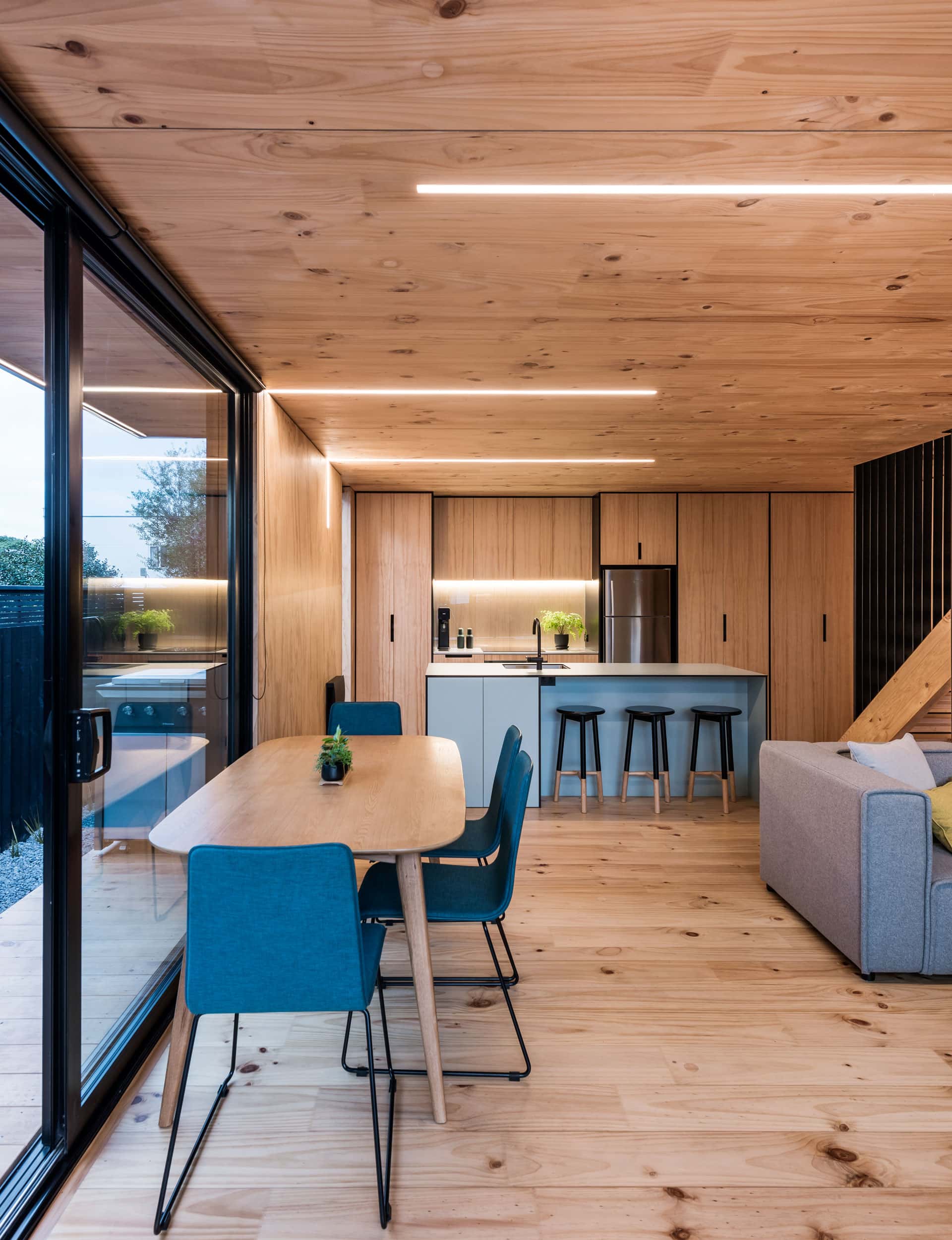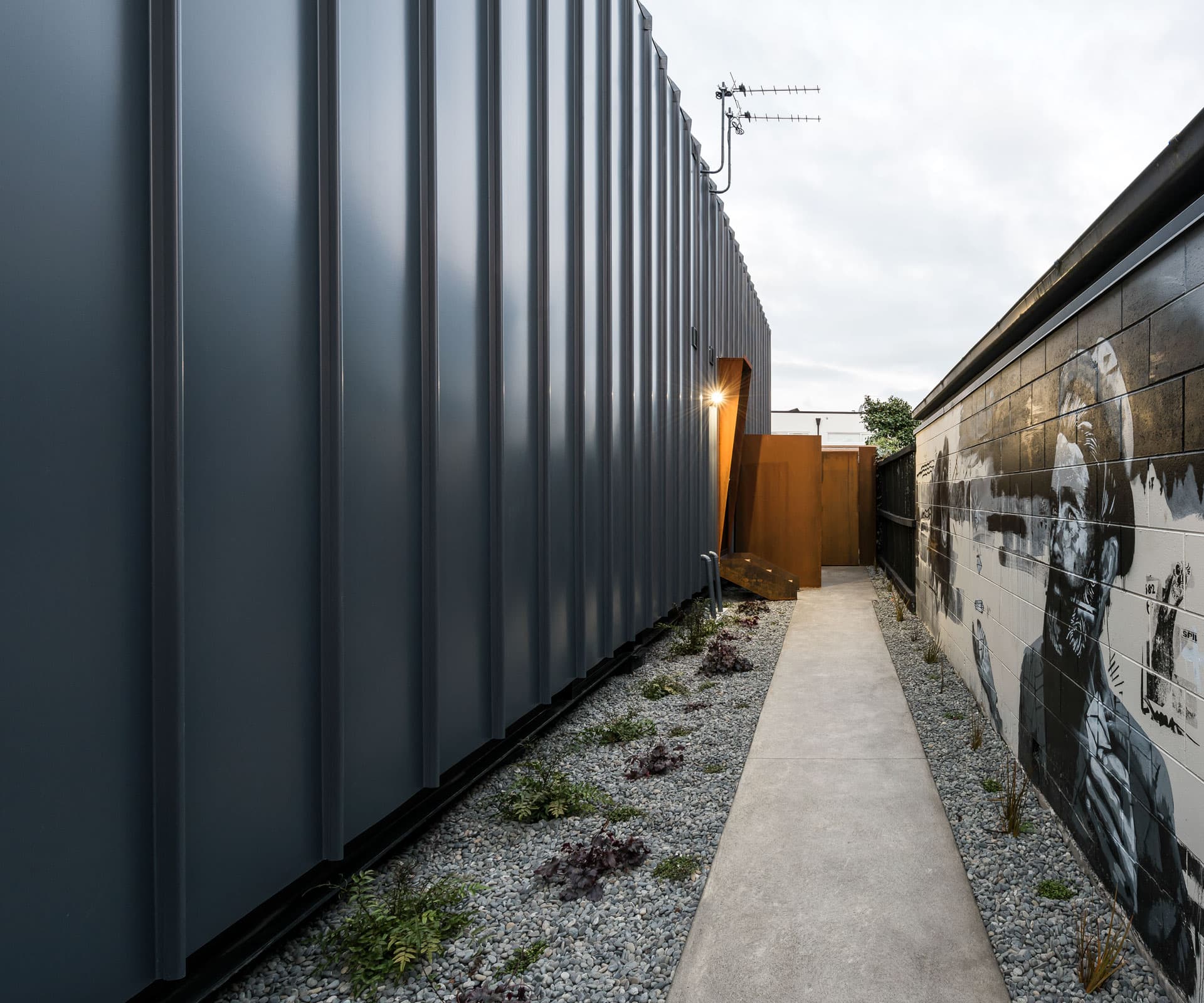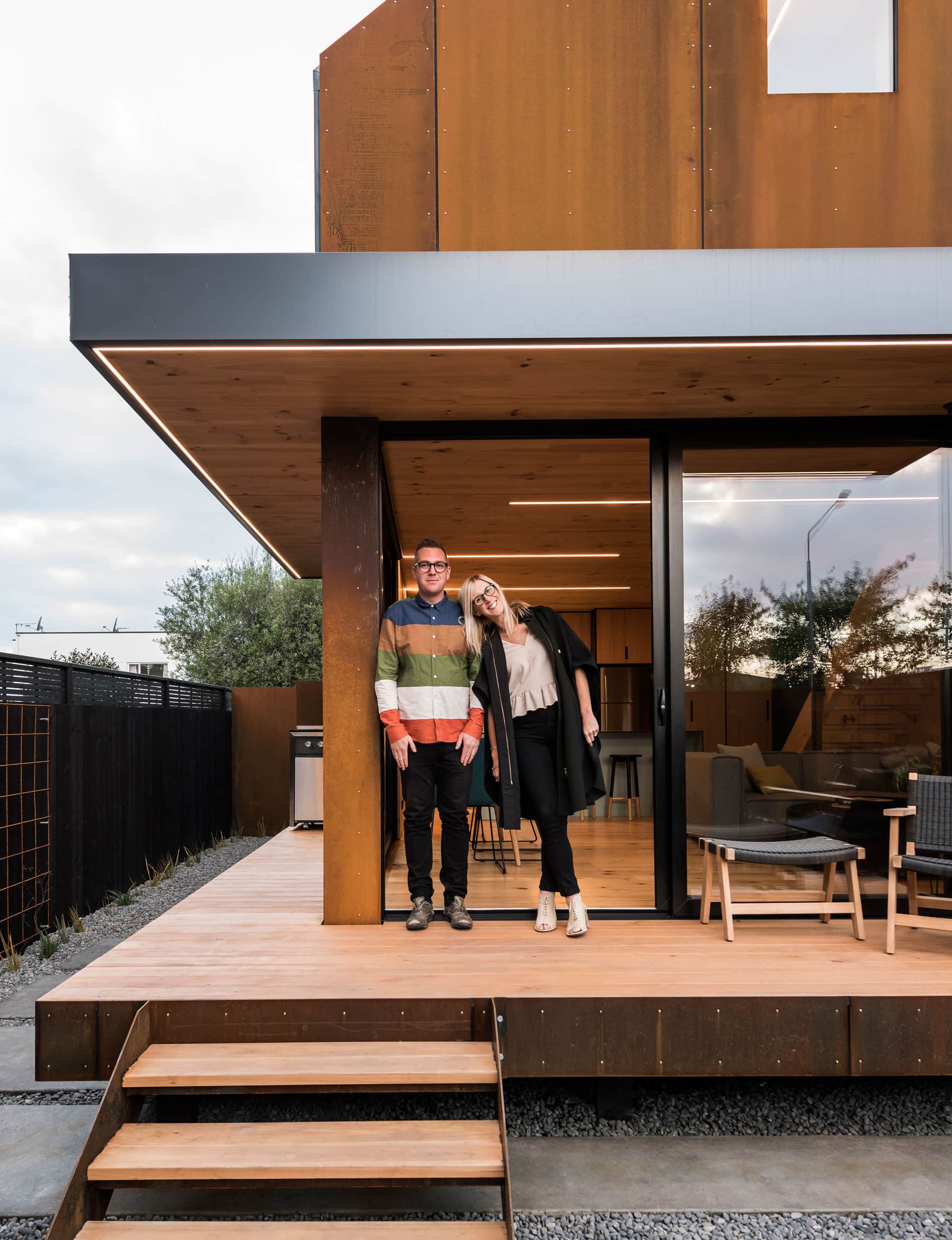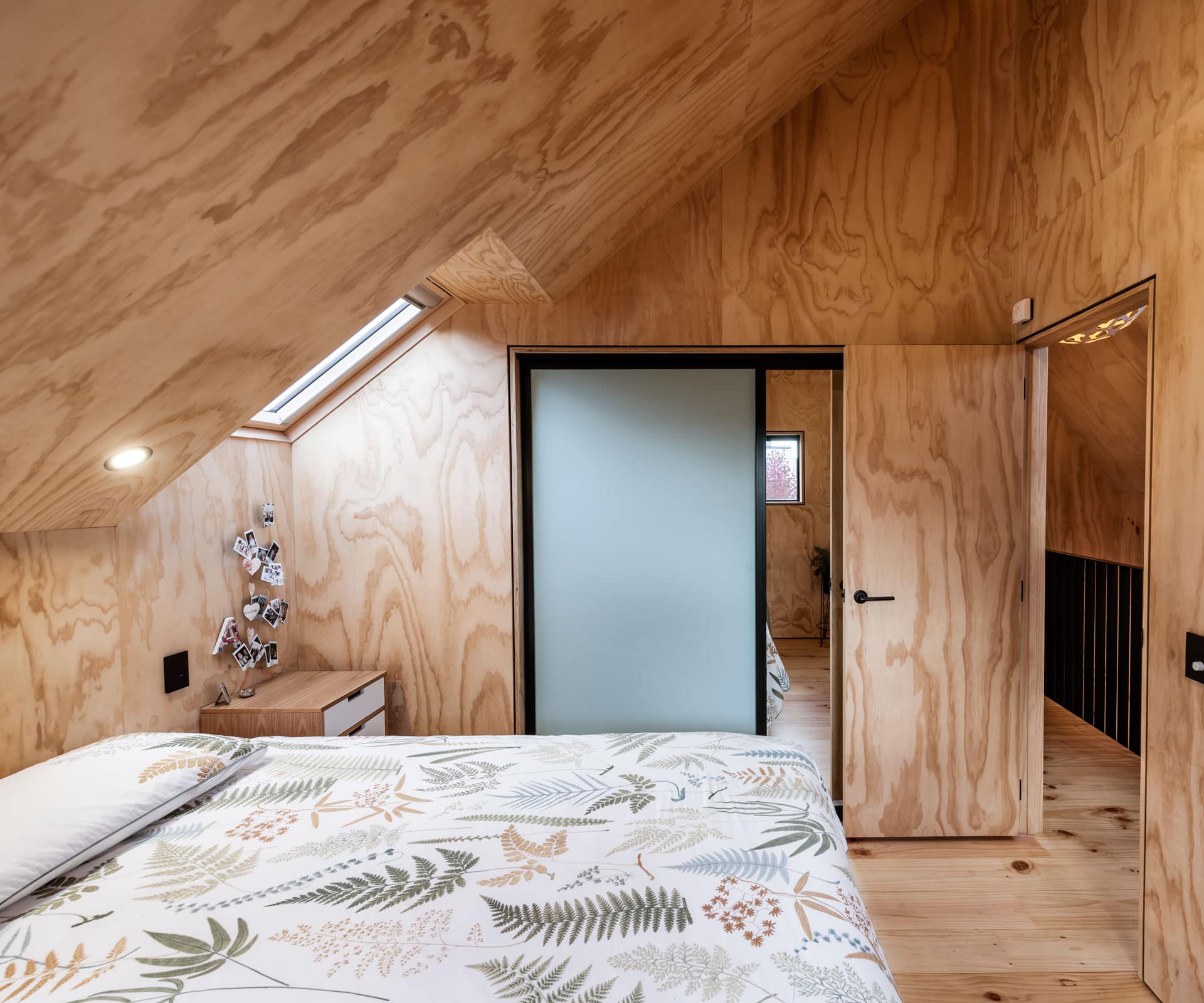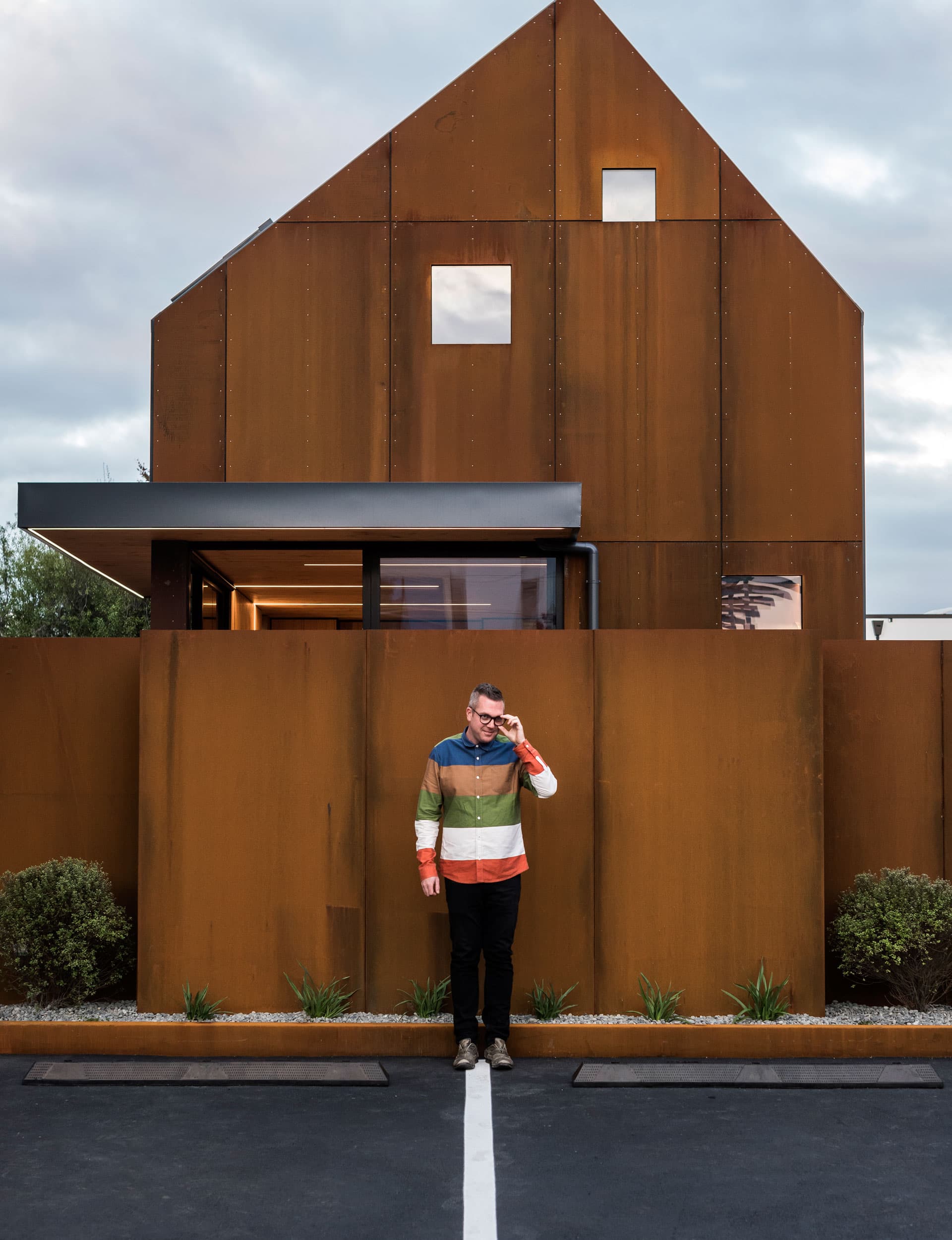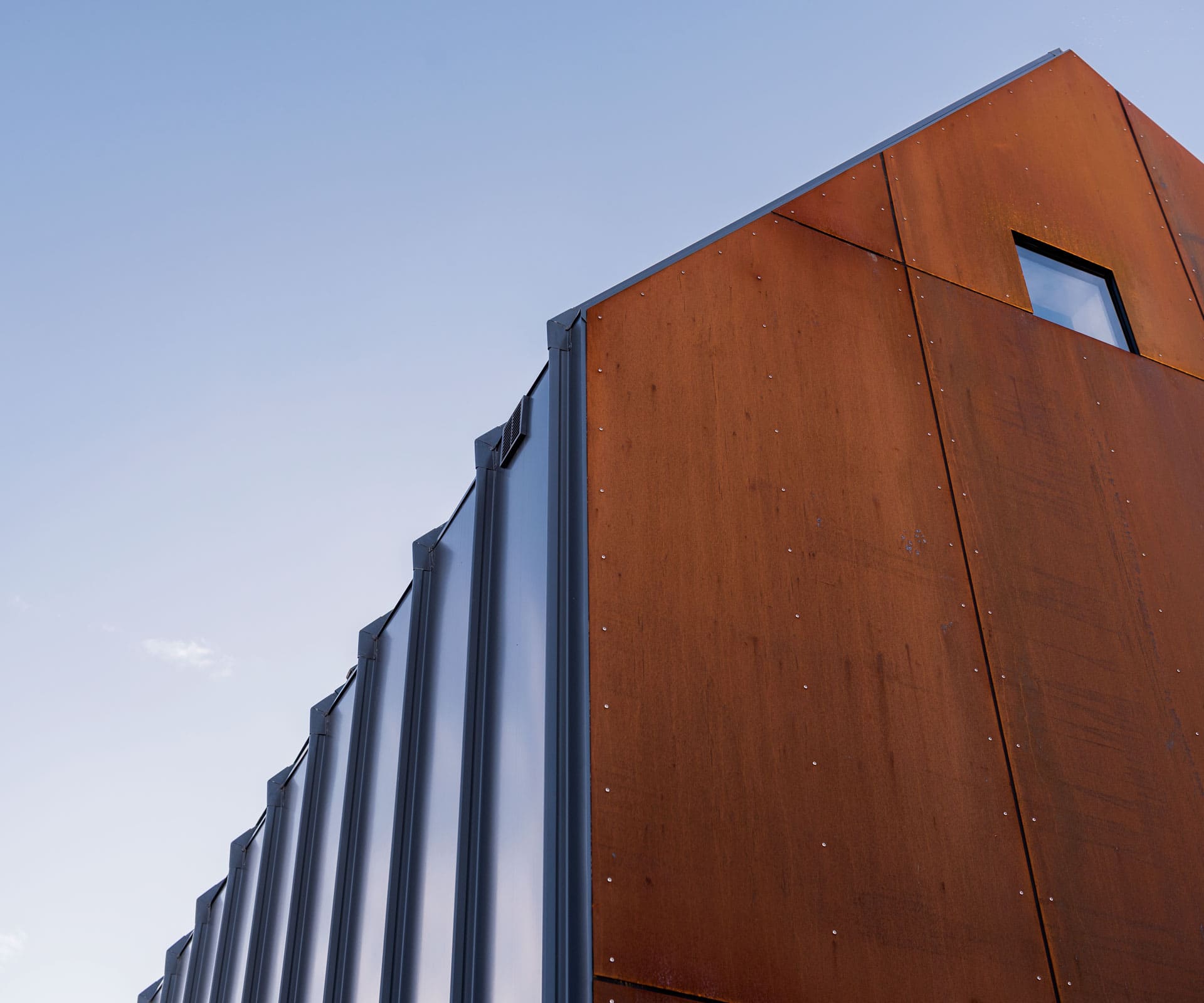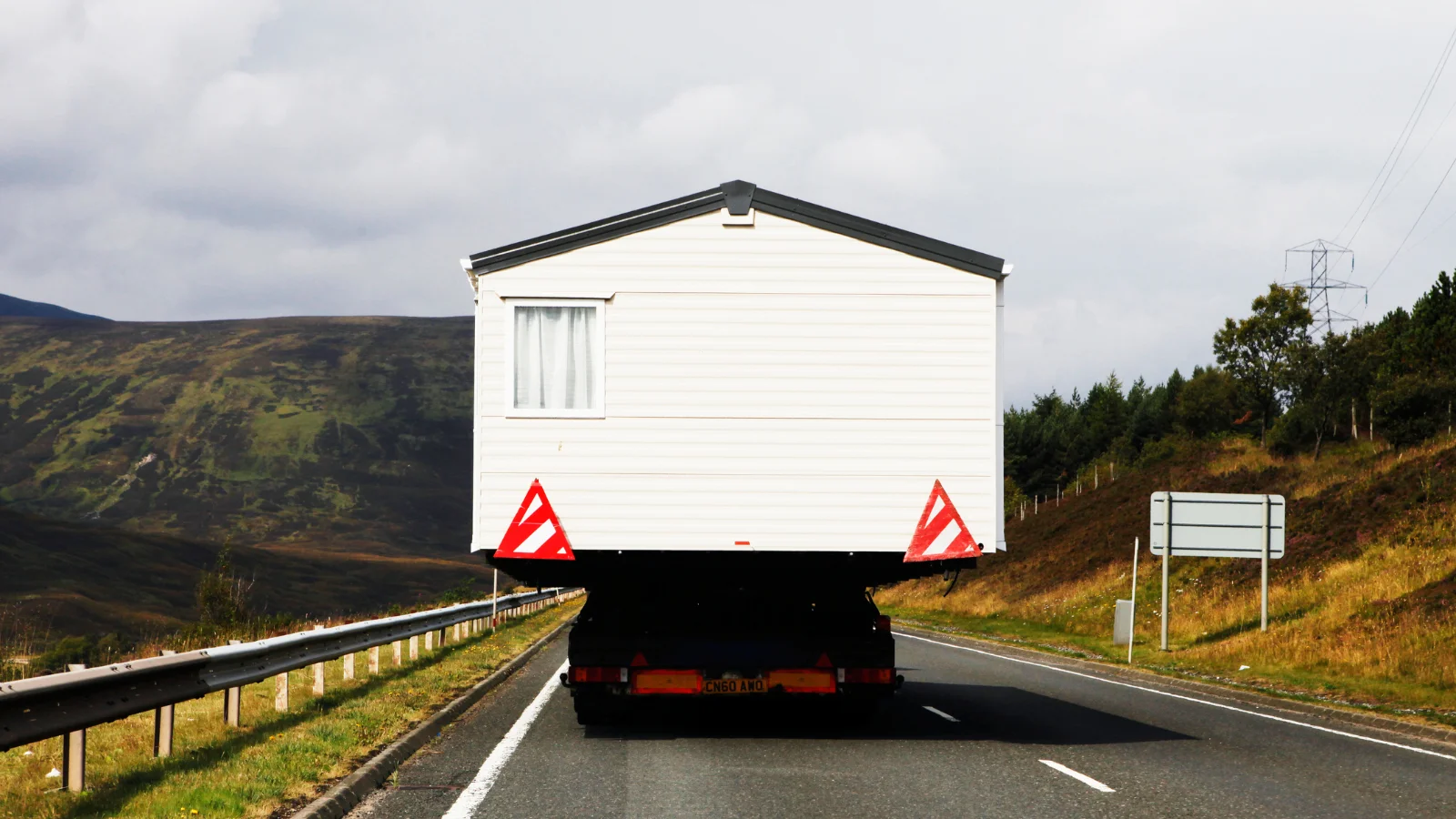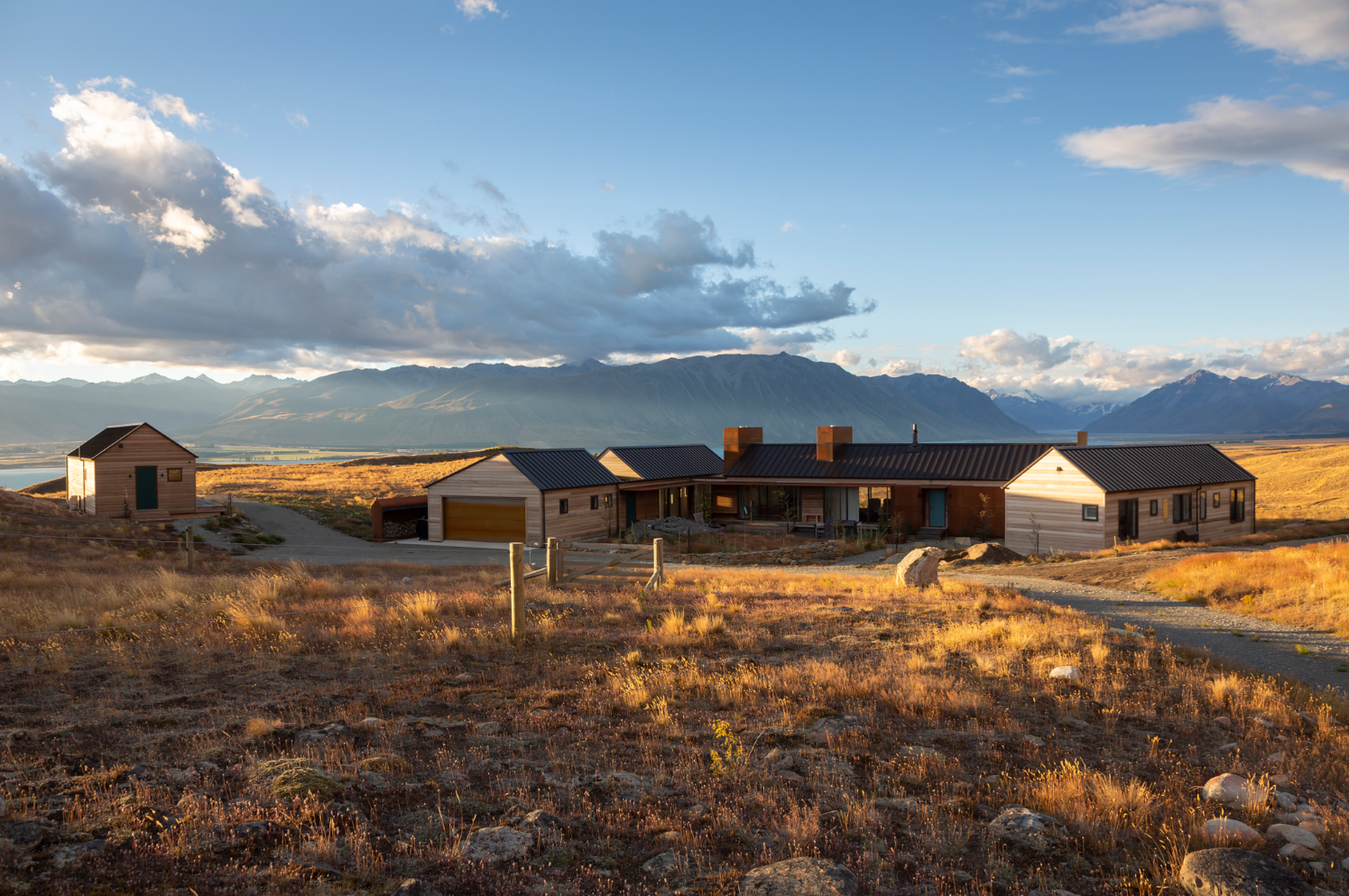Feature article
Two compact homes squeeze into a tiny Christchurch site
A champion of space-efficient building it was only natural that this young Christchurch designer would build two homes
1 February 2024

Author
Discover More

Historic church and presbytery for sale: Choose one or both
From their elevated position, the former St Patrick’s Church and Catholic presbytery have a commanding presence.
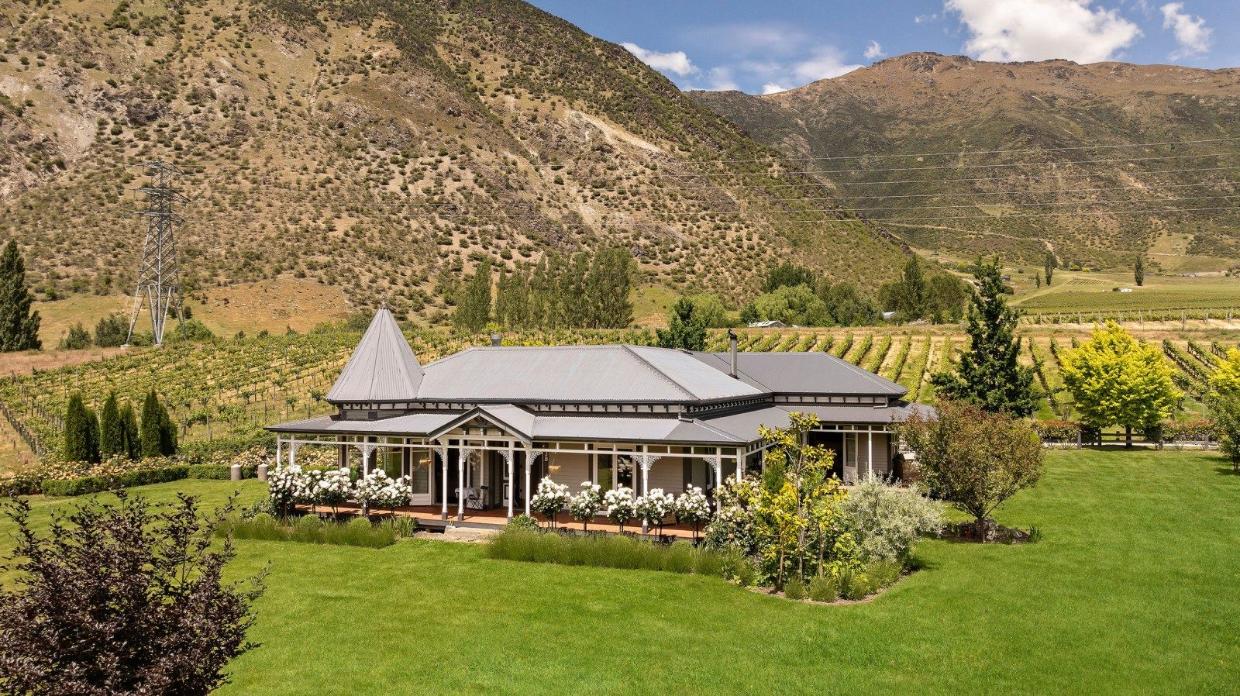
'Budgets ruin dreams': Gibbston Valley heritage villa gets a lavish makeover
The house is set among the vines with views of the popular Gibbston Valley.
Search
Other articles you might like

